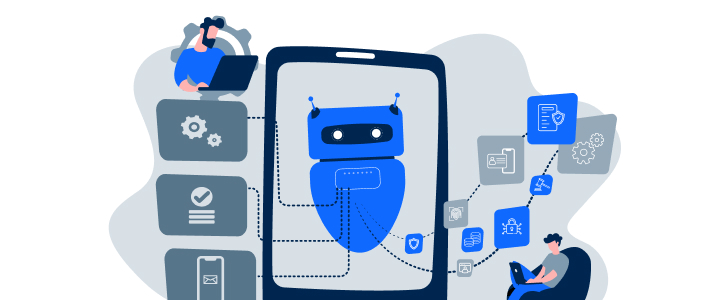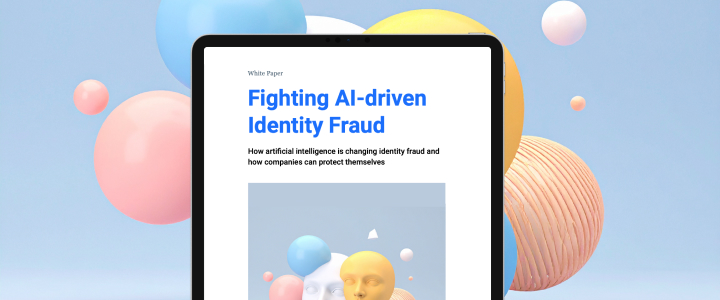One step closer to the digital future with SHIP
Patient administration is a busy affair these days. Information has to be obtained fast, ideally yesterday. Questions about where and how patients are insured, what treatments they can receive and which costs are covered are all part and parcel of the job. Usually, multiple fax messages, emails and telephone calls are needed to acquire the necessary information. There is no guarantee that messages reach the intended recipient. How can digitalization help make things simpler?
In the healthcare system today, administrative data is usually still exchanged between service providers and cost bearers by fax, telephone, email or even by mail, with the exception of the invoice.
There are numerous administrative processes before or after invoicing that are laborious, time-consuming and opaque. The claims departments of insurance companies are also faced with the same challenges.
SHIP – direct point-to-point communication
Digitalization is the first step towards simplification. The SHIP messaging standard harmonizes, digitalizes and automates the administrative processes between service providers and cost bearers. The necessary processes are harmonized and standardized by the hospital and insurance agents, and made official by the standardization organization eCH. SHIP is an interactive point-to-point messaging system that enables the fully digital, standardized and secure exchange of information and messages. The process is transparent at all times, meets the highest standards in data protection and quality, and significantly increases efficiency for all parties involved.
Harmonized processes
Today, SHIP provides hospitals with an automated identification method for patients and cost bearers. This is one of the first steps in the process of planning a patient’s treatment. Likewise, all the required follow-up messages can be exchanged directly in digital format between the involved partners (hospital and insurer/canton), enabling successful cost assurance all on one medium without an intermediary. In addition, the notification of arrival and departure and all the necessary information about the treatment case are included in the SHIP process standardization and can be sent easily and directly via SHIP.
How does SHIP work?
SHIP provides the technical tools to implement the public standard via the accompanying central services. This allows all the necessary semantic, process-related and technical aspects to be taken into account and utilized via the technical interface (SHIP Connector). If the SHIP Connector is integrated in the existing systems of the service providers and of the cost bearers, the result is harmonized, standardized interoperability. Data is exchanged in encrypted form and can only be accessed by the addressee.
The benefit for all the involved parties increases the more widely the SHIP Connector is used in the Swiss healthcare system. That’s why almost all major health insurance companies and many major hospitals and hospital groups have signed up to SHIP and launched or realized projects for its implementation. Helsana insurance and hospitals in Solothurn have been successfully working with SHIP for two years already. In the coming months, even more health providers will begin using it.
Standard for all service providers and cost bearers
Today, SHIP is available to all health insurance companies and acute hospitals and psychiatric hospitals. As well as cover for inpatient cases (hospital), new eCH process standards are being launched and existing ones developed. This will be followed by sending of invoices and visualization of outpatient cases (hospital), from case opening to case close. In addition, new home-care organizations will be launched from 2022, which will arrange home-care treatments in coordination with doctors. From 2023, all cases can be handled with SHIP within the scope of the Swiss Health Insurance Act (KVG) and the Insurance Contract Act (VVG). Accident, military, disability and rehabilitation cases will be added later. The potential to boost the efficiency of the entire healthcare sector grows with the number of participants and expansion of eCH process standards. There is a lot of work left to do. However, one thing is clear already: the invested energy and innovative power is one step further towards the digital future and will benefit us all.
ti&m special e-government
What about the digital transformation of the public service? In our magazine ti&m special, we asked further digitalization experts from politics and government. to download






